Re: Marinha da República Popular da China (PLAN)
Enviado: Seg Jun 29, 2009 2:12 am
http://www.danwei.org/front_page_of_the ... 009_in.phpFront Page of the Day
An aircraft carrier! (It's only a model)
Posted by Eric Mu, July 6, 2009 6:05 PM
A model of a possible future aircraft carrier appeared alongside other new PLA weaponry in a military exhibition in Hong Kong on July 4th, stoking the enthusiasm of Chinese military fans. (The CN Carrier website describes its mission as "giving the construction of a Chinese aircraft carrier a shot of nationalistic steroids.")
According to a report appearing in today's Chongqing Times, the look of the model resembles the Soviet aircraft carrier Varyag, which was to be the second Admiral Kuznetsov class carrier before construction was halted and the ship was sold to China, stripped of much of its propulsion system.
Certain parts of the future aircraft carrier's specifications were revealed: the displacement will to be 53 thousand tons light, and 67 thousand fully loaded, with a projected speed of 30 knots.

http://www.strategypage.com/dls/article ... 9-2009.aspDirty Little Secrets
Naval Supremacy Without Ships
by James Dunnigan
July 9, 2009
For the last six years, Chinese military planners have been openly discussing the development of an ASBM (an anti-ship ballistic missile.) The way this weapon works is pretty simple. First you have to detect, and track, an American carrier at sea. This can be done with space or ground based radar, or electronic monitoring equipment. One could also do it with submarines (which would stalk the carriers, at a distance, and use satellite comm to send location updates back to China). Once you know where the carrier is, and where it is heading, you put that data into the navigation system of one or more ASBMs and launch. Less than half an hour later, the warhead is plunging earthward, and using its targeting sensors to detect the carrier below. Unless the carrier turned around and hauled ass at full speed about the time the ASBM was launched, the warhead will detect the carrier and hit it, while travelling at several times faster than a rifle bullet. If that doesn't sink the carrier, it certainly puts it out of action for months.
China's principal weapon would be their DF-21 ballistic missile, equipped with a high-explosive warhead and a guidance system that can home in and hit a aircraft carrier at sea. The DF-21 has a range of 1800 kilometers and normally hauls a 300 kiloton nuclear warhead. It's a two stage, 15 ton, solid fuel rocket that could carry a half ton penetrating, high-explosive warhead, along with the special guidance system (a radar and image recognition system).
It is believed that the Chinese have reverse engineered, reinvented or stolen the 1970s technology that went into the U.S. Pershing ballistic missile. This 7.5 ton U.S. Army missile also had an 1,800 kilometers range, and could put its nuclear warhead within 30 meters of its aim point. This was possible because the guidance system had its own radar. This kind of accuracy made the Russians very uncomfortable, as it made their command bunkers vulnerable. The Russians eventually agreed to a lot of nuclear and missile disarmament deals in order to get the Pershings decommissioned in the 1980s.
The Chinese have long been rumored to have a system like this, but there have been no tests. Before deploying these ASBMs, one or more would have to be tested. They could do this by using a large container ship or tanker (older ones, headed for the breakers) and move it to a likely location from which an American carrier would approach. This target ship would be rigged to be operated by remote control. The Chinese might want to send a few smaller freighters, similarly equipped, to represent the carrier escorts. This would test the ASBMs ability to pick out the carrier (the largest ship in the task force.) As part of the test, the Chinese could see if more than one form of tracking works. Then, the ASBM would be given the latest coordinates for the carrier, and launched. Half an hour later, the Chinese would know if they have a real ASBM.
If the Chinese do succeed in creating a "carrier killer" version of the DF-21, the U.S. Navy can modify its Aegis anti-missile system to protect carriers against such attacks. There are also electronic warfare options, to blind the DF-21 radar.
Meanwhile, China appears to be developing an over-the-horizon (OTH) radar that can spot large ships (like American aircraft carriers) as far as 3,000 kilometers away, and use this information to guide ballistic missiles to the area,. Such radars have long been used to detect ballistic missile launches, and approaching heavy bombers. Some OTH radars have been modified to take advantage of the flat surface of an ocean, to pick up large objects, like ships. Cheaper and more powerful computers enable such OTH radars to more accurately identify ships thousands of kilometers away.
China is developing the technologies, and it's only a matter of time, and willingness to devote several billion dollars to the project, before they can actually do it, or at least try to. If the Chinese ASBM works, naval warfare will be changed forever.










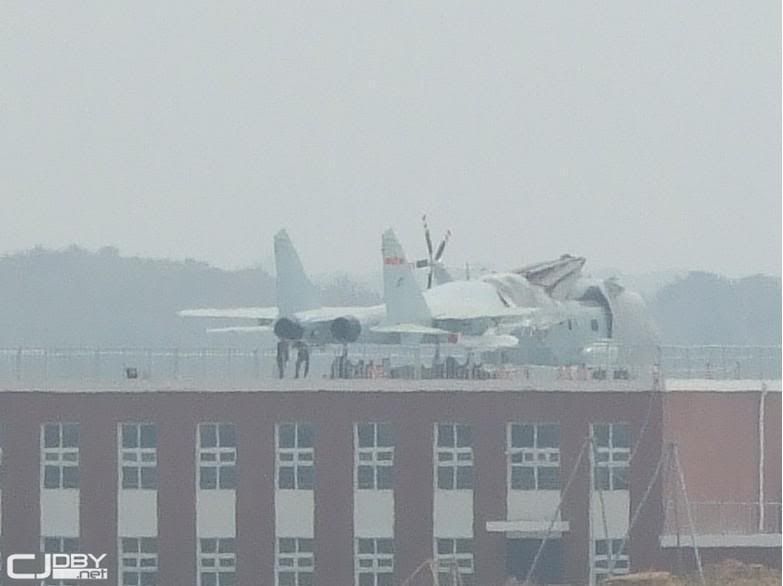
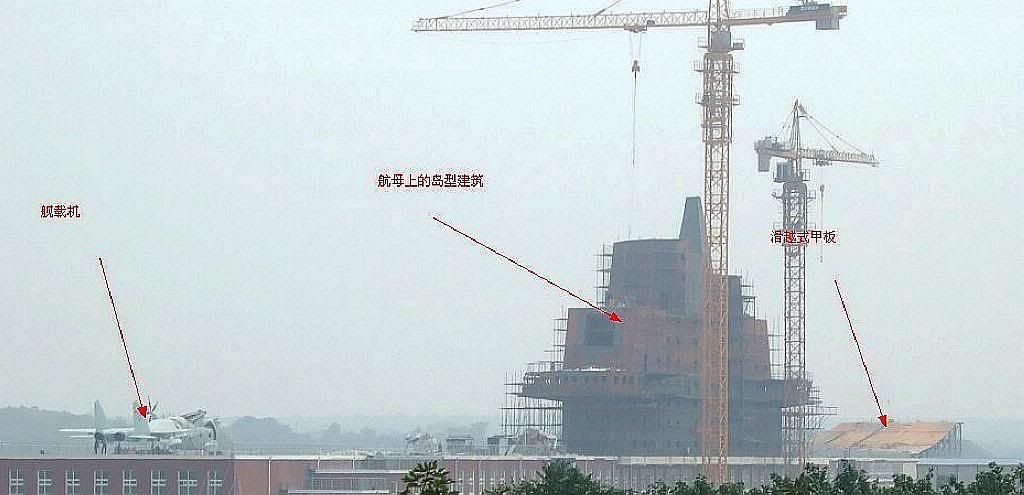



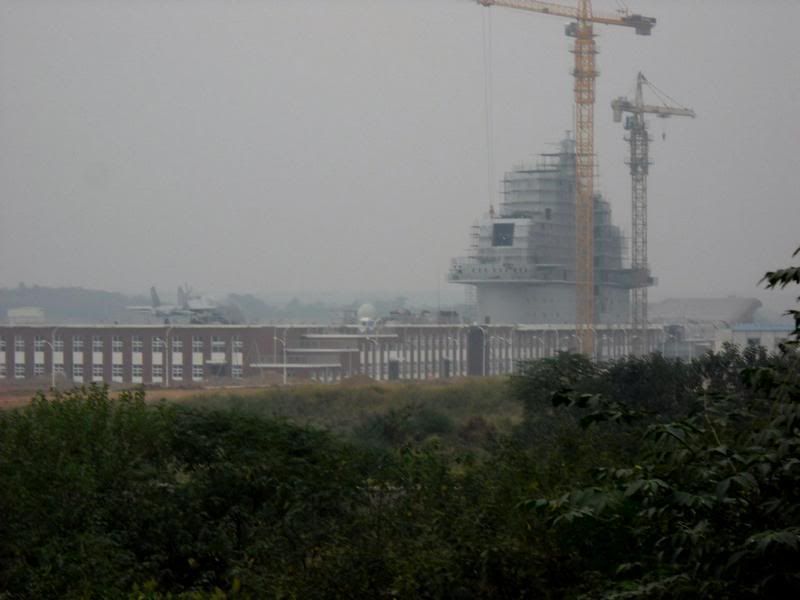
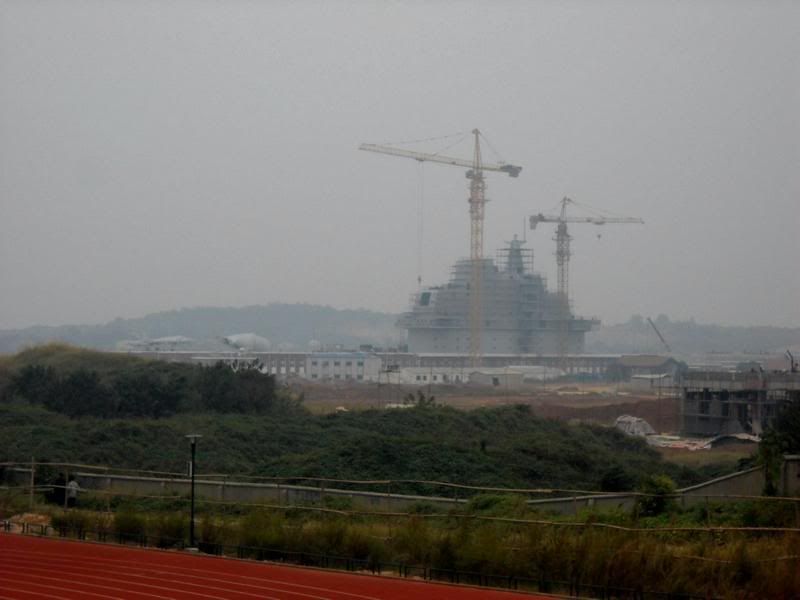
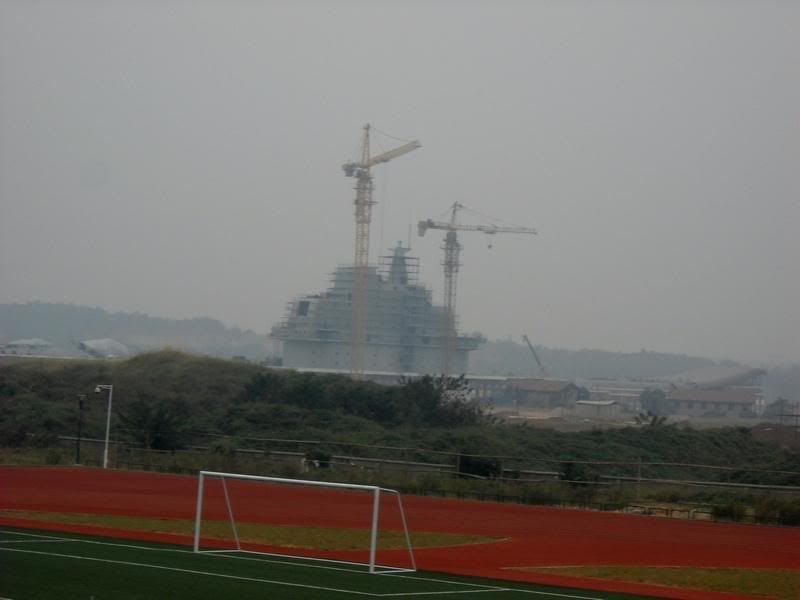
Acho que isso deve ser um centro de treinamentocabeça de martelo escreveu:Importas de explicar o que estou a ver?
cabeça de martelo escreveu:Importas de explicar o que estou a ver?